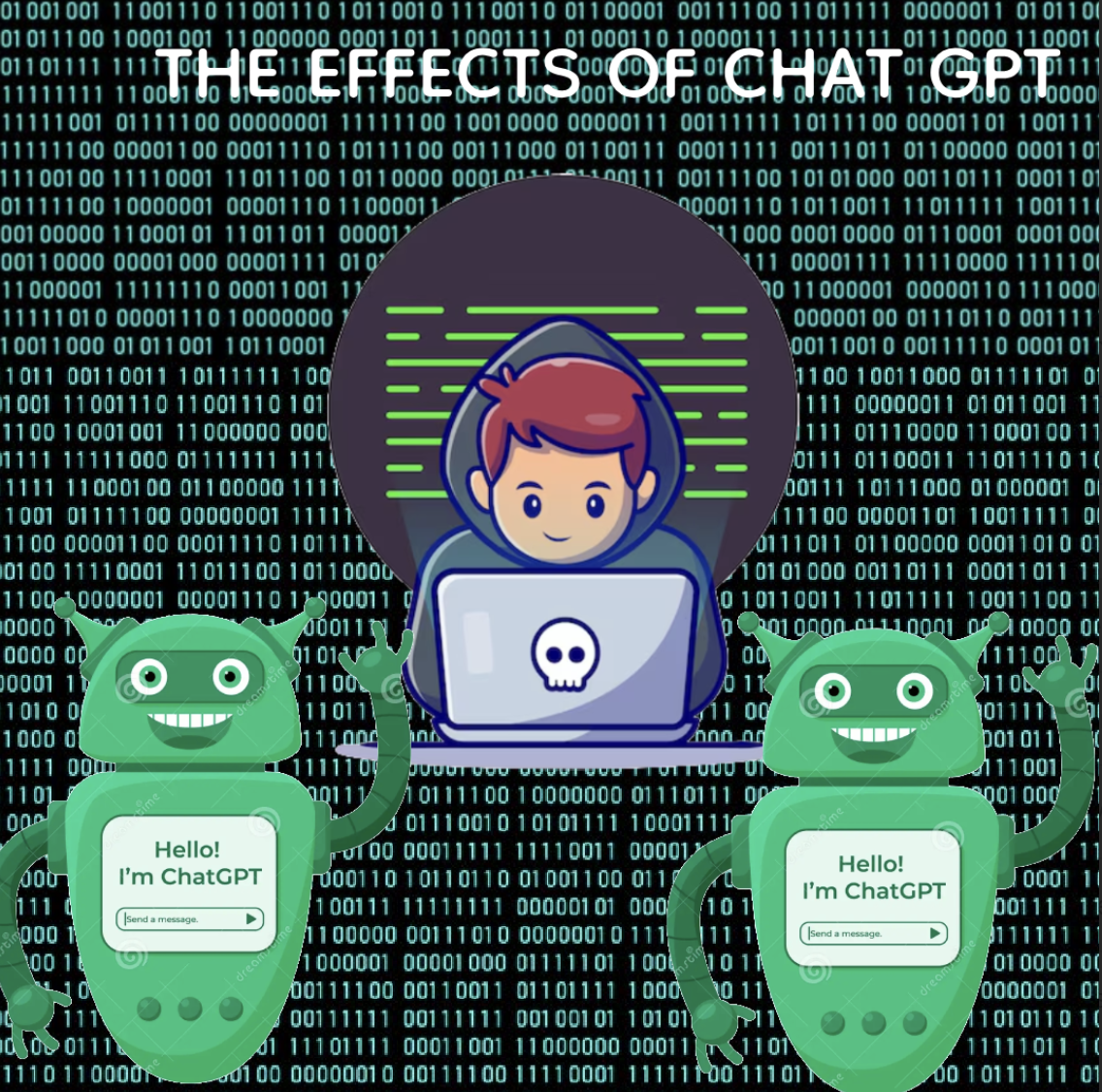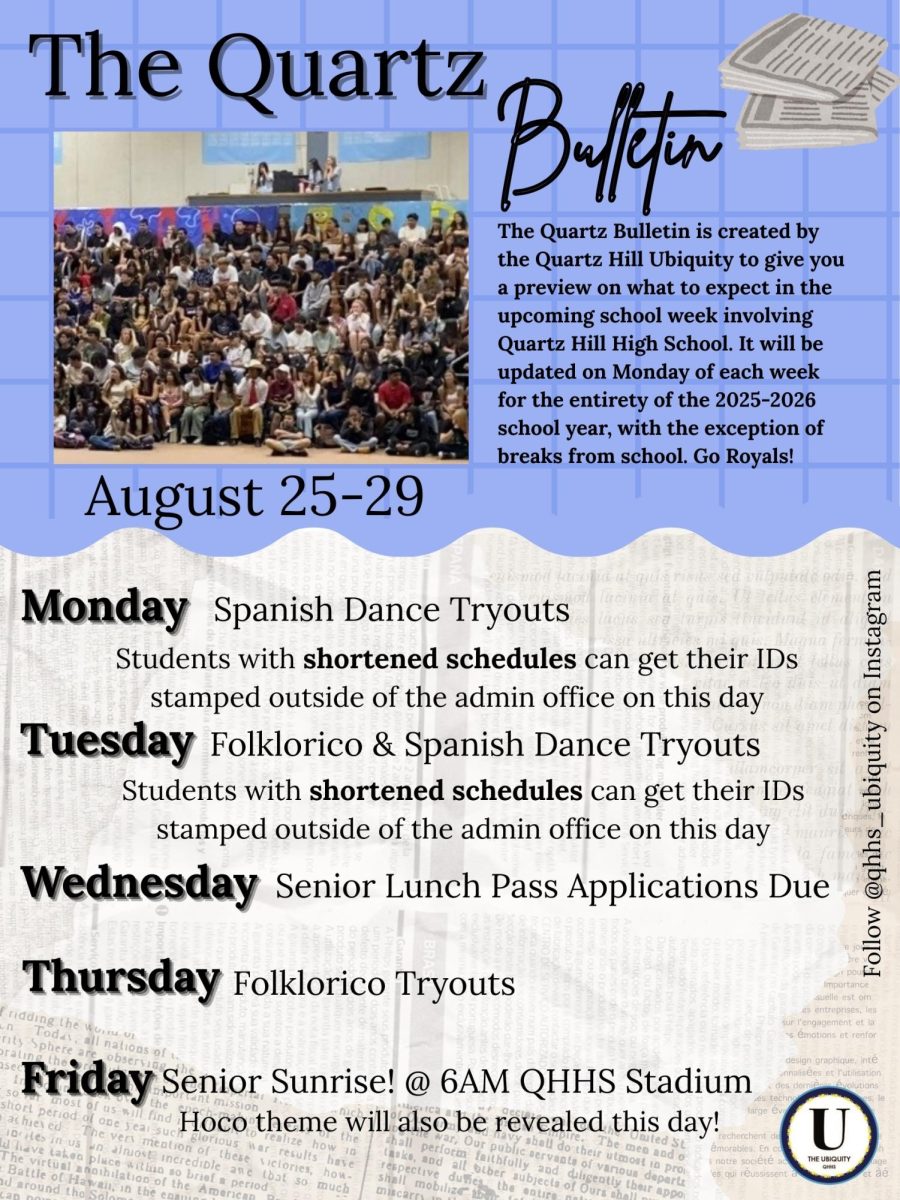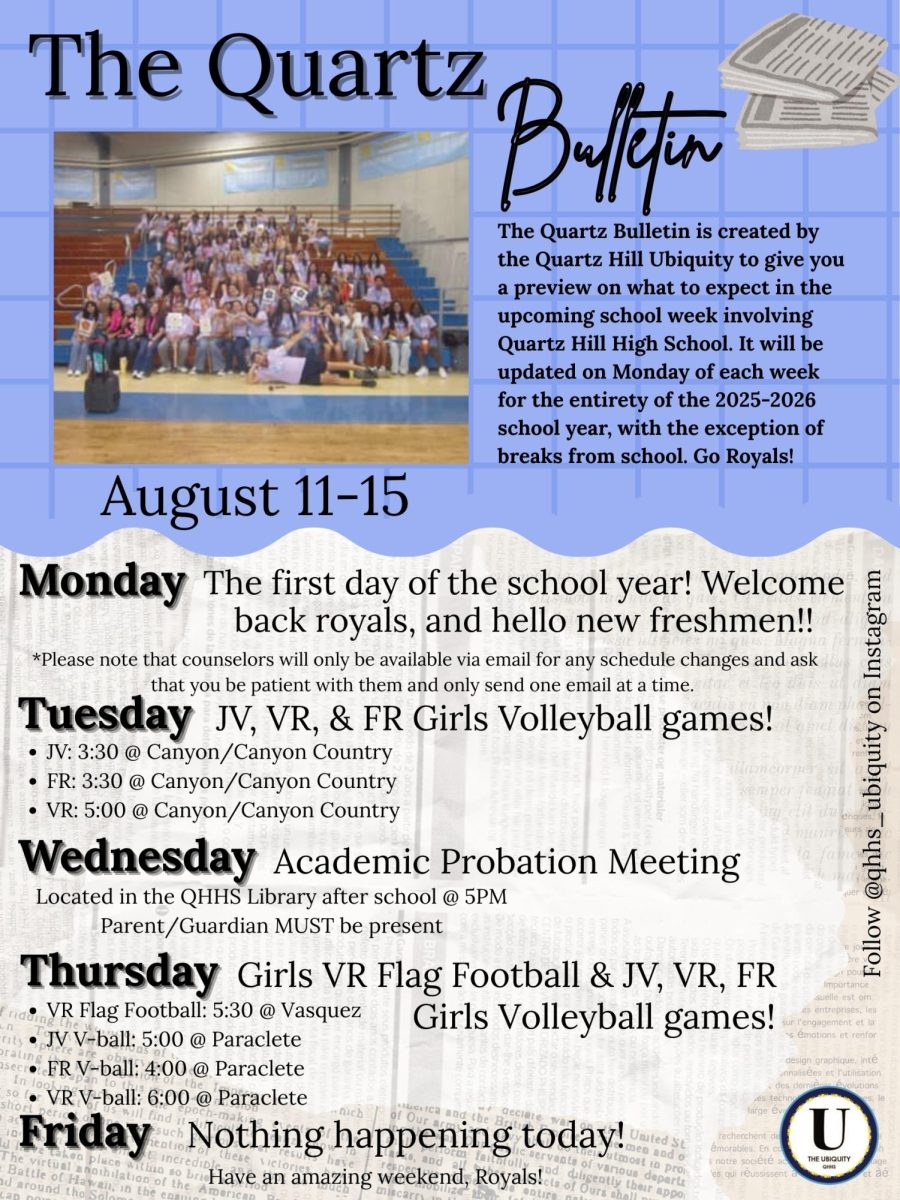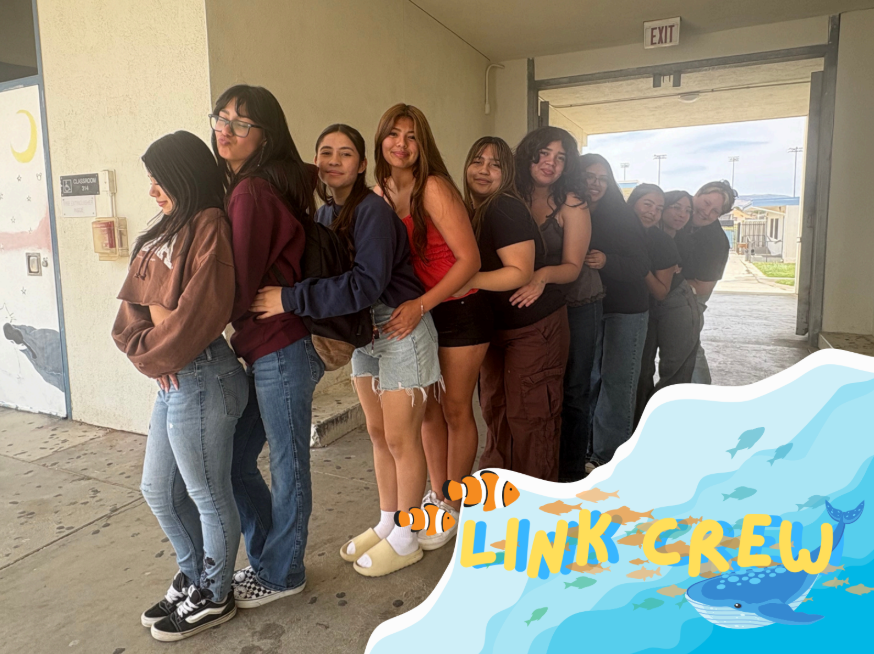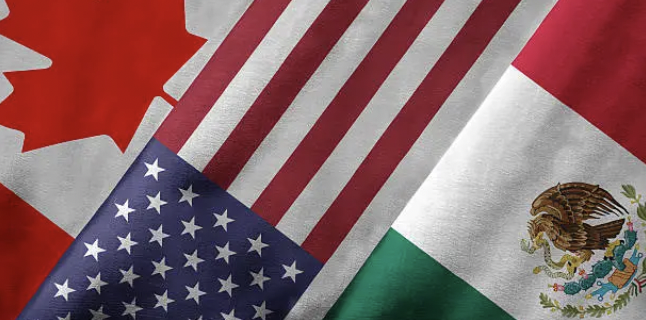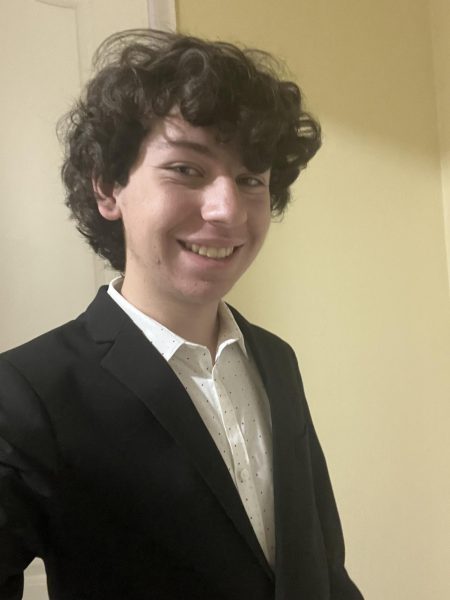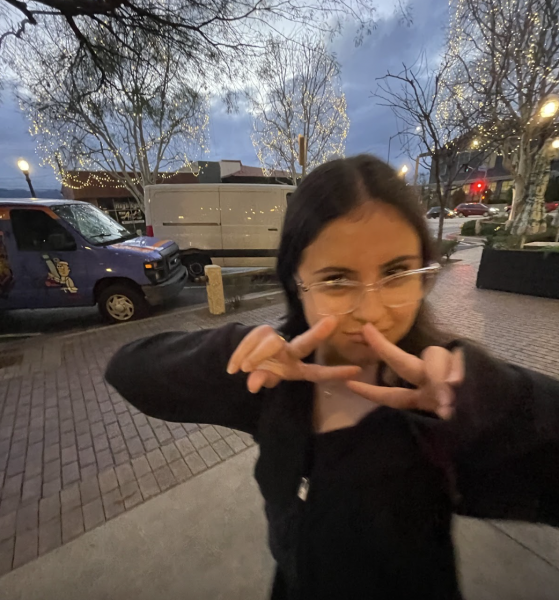AI’s growth and development are affecting the next generation. Technology has come from the ease of your fingertips to having a computer directly tell and do everything for you. The leap forward in AI sets a new standard for learning and doing tasks. The leader in this breakthrough is OpenAI’s ChatGPT. ChatGPT’s constant improvement has allowed it to be the first mainstream AI consumer to use, even with hundreds of competitors. However, this continuous improvement has made society adapt—especially education, which has had to adjust to the newest generations of technology. Schools are now giving new resources to teachers and meetings about AI. How did ChatGPT get to a place where it can nationally affect schooling, and what is our school doing about it?
OpenAI’s ChatGPT has gone through many evolutions to reach ChatGPT version 4 or GPT4, its latest version. In 2018, before ChatGPT was released to the public, GPT 1 was created. One year later, GPT2 was made to improve on the last model. These models were not ready to be released to the public due to a lack of power and worry of misuse. When finally released to the public, OpenAI wanted to ensure hackers or trolls could not abuse their AI to drive ChatGPT to say things harmful or incorrect. Subsequently, in 2020, GPT3 was created, which had huge improvements that laid the foundation for the future of ChatGPT. This version was a huge milestone, giving 100 times more settings and options for ChatGPT to alter its decision. Instead of going through the previous 117 million options in GPT1, GPT3 goes through 1.7 billion possibilities. This update was so substantial that it became the basis for many new updates and side products. GPT3 was the first ChatGPT released to the public in 2022. This is when the explosion of AI use occurred. The ease of use allowed ChatGPT to gain tons of user information and was convenient to users, making ChatGPT the most popular AI tool. To combat OpenAI’s concerns about previous versions, ChatGPT got further updates to fight against user misuse and misinformation. GPT3 continuously got updates until GPT4 came out with superiority for complex tasks and could remember more in conversations than GPT3. With all these updates, ChatGPT has become complex enough to write essays, do menial tasks, write code, and so much more.
ChatGPT may seem like a wonder, but there are some drawbacks. ChatGPT compiles information from hand-picked sources, user responses, and the internet. From the amount of misinformation on the internet and the number of ill-intent users, ChatGPT must filter many of their messages, which was a concern for them. If not filtered correctly, ChatGPT might contribute to spreading widespread lies. While GPT3 came out with tons of updates and still is about this issue, misinformation may still need to be addressed.
Education is the first thing that needs to evolve with technology because the first people to adapt to technology are minors. Education departments, though, have given teachers lots of free rein while keeping it a priority.
The Department of Education of California provides many resources to teachers about AI which they can choose to follow. The Department of Education and teachers at Quartz Hill are in favor of educating children on the usage of AI. Quartz Hill High School AP and IB English Teacher Mrs. Stephenson shares the opinion that students should know about AI because it is powerful. Mrs. Stephenson further elaborates that children should be taught about AI so it is not misused. Using a tool to assist you in a challenge before mastering the skill needed, such as writing, can damage the child’s long-term skills. The Department of Education also encourages teachers to use it for basic tasks, giving teachers more time to focus on students. They understand AI is a powerful tool but want to leave it to teachers like Mrs. Stephenson to educate and use it as they see fit.
AI’s transformation over these years has made it a powerful tool for the future. Understanding how ChatGPT’s creation and schools’ responses gives insight into the future of technology and its effect on the future workforce.
Sources:
[1] https://medium.com/@Curious_Geoge_14201/the-evolution-of-chat-gpt-from-gpt-1-to-gpt-4-59048dbe7a41.
[2] https://www.cde.ca.gov/ci/pl/aiincalifornia.asp
[3] https://365datascience.com/trending/the-evolution-of-chatgpt-history-and-future/



